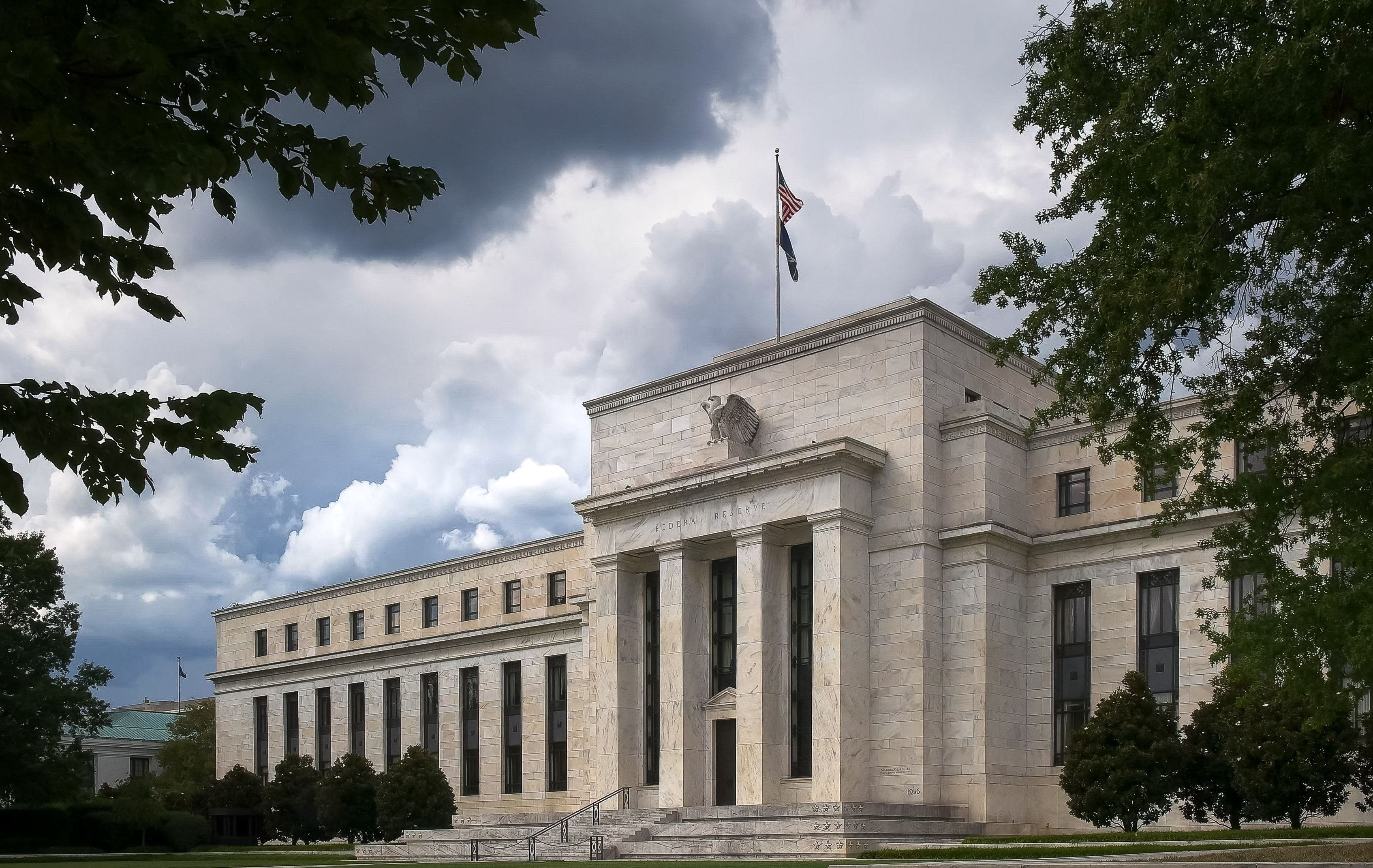Housing's Shaky Upturn
You can't unwind the biggest asset bubble in history overnight—or even in a year.
The first wave of the housing crisis began when risky loans made to speculators and subprime borrowers started to go bad. The problems these loans caused are now mostly behind us, and the low end of the housing market is stabilizing. Among homes once selling for about $200,000, prices have fallen dramatically—in some cases 70% or more—and first-time homeowners are stepping in, resulting in rising sales and even bidding wars.
High-end woes
The market for midprice and expensive homes, however, is frozen. Buyers are looking for bargains, but sellers are still focusing on the housing values of a few years back and refusing to sell at prices buyers are willing to pay. Look at California, the largest market in the U.S., with 10% of the nation's homes. A year ago, at the rate houses were selling, it would have taken nine to 11 months to sell all the houses on the state's market. Today, California's inventory of unsold homes priced at less than $300,000 is a mere two months, but the backlog among homes listed at $1 million and up is 18 months.
Wealthy homeowners can continue to make mortgage payments longer than poor ones can, but the weak economy and falling home prices at the high end of the market are clearly starting to take their toll. While foreclosures of lower-priced homes are declining, they're rising rapidly among homes in the higher ranges.
From just $107.88 $24.99 for Kiplinger Personal Finance
Become a smarter, better informed investor. Subscribe from just $107.88 $24.99, plus get up to 4 Special Issues

Sign up for Kiplinger’s Free Newsletters
Profit and prosper with the best of expert advice on investing, taxes, retirement, personal finance and more - straight to your e-mail.
Profit and prosper with the best of expert advice - straight to your e-mail.
That the number of actual foreclosures is only near 2008 levels is due to the dramatic increase in government-imposed mortgage modifications, which are artificially propping up the market and not allowing prices to reflect actual demand. Says Mark Hanson, of the Field Check Group, a real estate advisory firm: "The current modification policies of 'pretend and extend' only kick the can down the road and ensure that the housing market remains a dead asset class for years to come."
The implications for investors? Despite our concerns, we are not predicting economic Armageddon, thanks mainly to massive government intervention. But we're not out of the woods yet. We experienced the largest asset bubble in history, and it will simply take time to unwind it. Warren Buffett put it best when he said, "You can't produce a baby in one month by getting nine women pregnant." Thus, we see tepid growth and high unemployment for a number of years. Of course, we hope we're wrong, but this is the big-picture analysis we're employing as we evaluate individual stocks.
We've been using the market rally as an opportunity to trim our more-aggressive positions, such as Borders Group (BGP), Huntsman (HUN) and Resource America (REXI), all of which have risen dramatically from their distressed lows earlier this year. At the same time, we've added some large-capitalization, cash-rich companies, such as eBay (EBAY), Microsoft (MSFT), Pfizer (PFE) and Yahoo (YHOO), which we believe will hold up well in a weak economy.
Our least-favorite sectors are those that will suffer directly if the housing market turns down later this year, as we expect. Among those are homebuilders, bond insurers and regional banks. Despite the stock market's "clear skies ahead" message lately, we see plenty of storm clouds on the horizon for those industries.
Columnists Whitney Tilson and John Heins co-edit Value Investor Insight and SuperInvestor Insight. Funds co-managed by Tilson hold positions all stocks mentioned in this article.
Profit and prosper with the best of Kiplinger's advice on investing, taxes, retirement, personal finance and much more. Delivered daily. Enter your email in the box and click Sign Me Up.

-
 Gold and Silver Shine as Stocks Chop: Stock Market Today
Gold and Silver Shine as Stocks Chop: Stock Market TodayStocks struggled in Friday's low-volume session, but the losses weren't enough to put the Santa Claus Rally at risk.
-
 Don't Wait Until January: Your Year-End Health Checklist to Kickstart 2026
Don't Wait Until January: Your Year-End Health Checklist to Kickstart 2026Skip the fleeting resolutions and start the new year with a proactive plan to optimize your longevity, cognitive health, and social vitality.
-
 Premium Rewards Cards: More Perks, Higher Fees
Premium Rewards Cards: More Perks, Higher FeesSome issuers are hiking the annual fee on their flagship luxury credit cards by hundreds of dollars. Are they still worth using?
-
 What the Rich Know About Investing That You Don't
What the Rich Know About Investing That You Don'tPeople like Warren Buffett become people like Warren Buffett by following basic rules and being disciplined. Here's how to accumulate real wealth.
-
 How to Invest for Rising Data Integrity Risk
How to Invest for Rising Data Integrity RiskAmid a broad assault on venerable institutions, President Trump has targeted agencies responsible for data critical to markets. How should investors respond?
-
 What Tariffs Mean for Your Sector Exposure
What Tariffs Mean for Your Sector ExposureNew, higher and changing tariffs will ripple through the economy and into share prices for many quarters to come.
-
 How to Invest for Fall Rate Cuts by the Fed
How to Invest for Fall Rate Cuts by the FedThe probability the Fed cuts interest rates by 25 basis points in October is now greater than 90%.
-
 Are Buffett and Berkshire About to Bail on Kraft Heinz Stock?
Are Buffett and Berkshire About to Bail on Kraft Heinz Stock?Warren Buffett and Berkshire Hathaway own a lot of Kraft Heinz stock, so what happens when they decide to sell KHC?
-
 How the Stock Market Performed in the First 6 Months of Trump's Second Term
How the Stock Market Performed in the First 6 Months of Trump's Second TermSix months after President Donald Trump's inauguration, take a look at how the stock market has performed.
-
 Fed Leaves Rates Unchanged: What the Experts Are Saying
Fed Leaves Rates Unchanged: What the Experts Are SayingFederal Reserve As widely expected, the Federal Open Market Committee took a 'wait-and-see' approach toward borrowing costs.
-
 Fed Sees Fewer Rate Cuts in 2025: What the Experts Are Saying
Fed Sees Fewer Rate Cuts in 2025: What the Experts Are SayingFederal Reserve The Federal Reserve cut interest rates as expected, but the future path of borrowing costs became more opaque.

